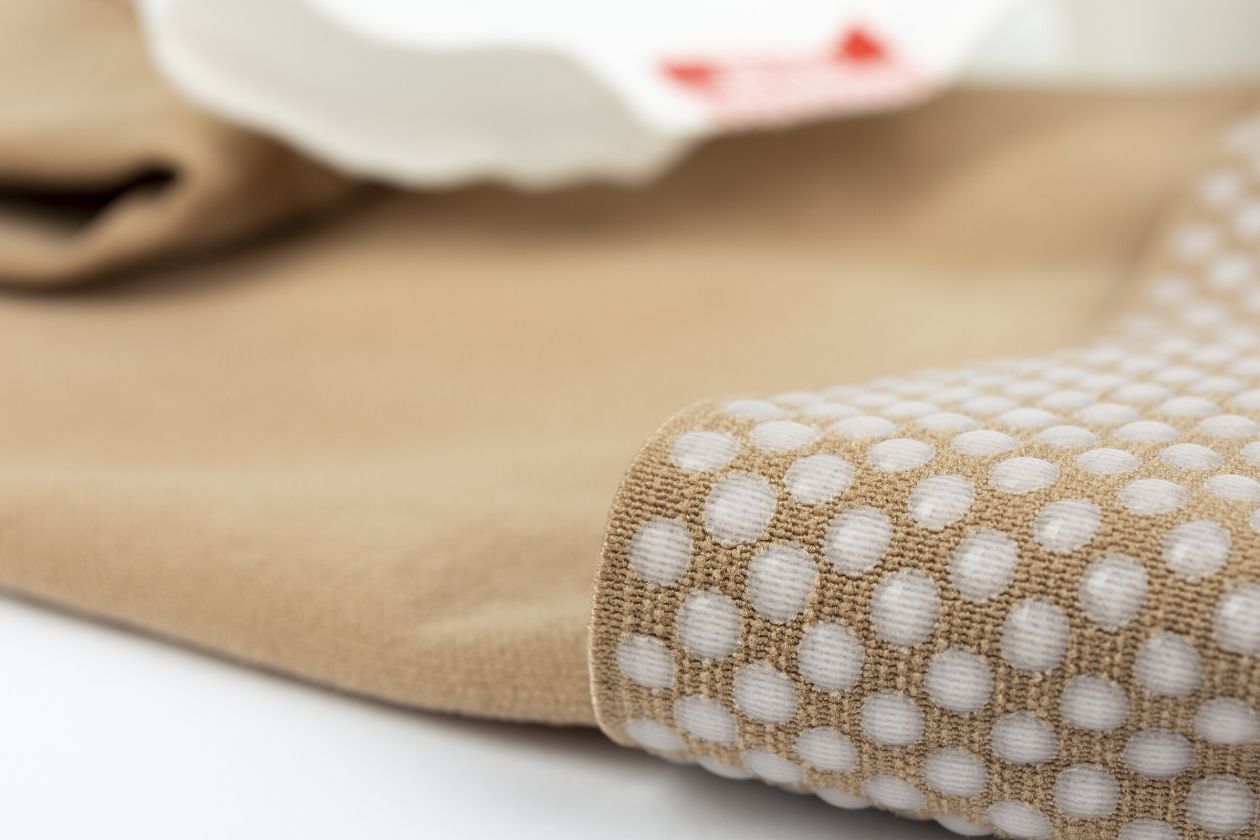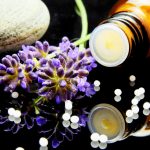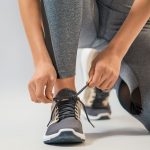[su_note note_color=”#ffe3e6″]This post contains affiliate links. Affiliate disclosure: As an Amazon Associate, we may earn commissions from qualifying purchases from Amazon.com and other Amazon websites.[/su_note]
Poor circulation has a number of symptoms and causes. It can be temporary and annoying, like when your foot falls asleep because you sat on it for too long, or it can be longer-lasting and more serious, indicating a health condition that needs immediate attention. Cold feet or hands, dry skin, thinning hair, and brittle nails are all signs you may have a circulation problem. Check with your doctor before you begin investigating how to improve circulation. Your health care professional may advise some of these partial remedies, along with other forms of treatment, if necessary.
Table of Contents
Stop Smoking
In addition to the harm tobacco and the nicotine it contains does to your lungs, smoking also causes hardening of the arteries. Stiffening of the arterial walls makes it harder for blood to flow through the arteries. It also makes the heart work harder to circulate the oxygenated blood to the muscles and back to the lungs to exchange carbon dioxide for a fresh supply of oxygen. If you smoke, quit. It’s not easy, but your doctor and pharmacist can suggest ways to help you kick the habit once and for all.
Exercise
Yoga involves bending, twisting, and stretching. These movements alternately compress and decompress blood vessels, which can improve blood circulation. In fact, any type of aerobic exercise that gets the heart pumping can improve circulation and the body’s overall ability to deliver oxygen to muscles. Cardiovascular exercise improves blood vessel capacity, allowing more blood to flow more easily. Even using a stand-up desk can help, along with doing some knee-lifts while you work.
Put Your Feet Up
Swollen ankles and calves are uncomfortable. Elevating your feet, ankles, and legs after a long day uses the power of gravity to get blood and fluids flowing again, which can ease the swelling. Try lying down on the floor with your feet and legs resting against a wall. Scoot your butt as close to the wall as possible to get your feet and legs as high up on the wall as you can. Try relaxing in that position for twenty minutes to reduce swelling.
Drink Enough Water and Try Some Tea
Proper hydration is good for you anyway, but drinking enough water also improves blood circulation. About half of blood is water, and to keep it flowing, the body must take in enough water. Green and black tea have antioxidants that keep blood vessels healthy, promoting better blood circulation.
Try Compression Socks
For serious circulation problems, your doctor may prescribe compression socks or sleeves. These assist veins in getting blood back to the heart from the extremities. The heart then pumps the deoxygenated blood back through the lungs to unload the CO2 and to take up oxygen for a return trip to the limbs and muscles throughout the body. Some athletes use compression socks to combat cramps and soreness.
Dry Brush Your Body
Before you shower, use a brush to stimulate circulation. Start at your feet and work your way up, using long strokes on your legs and a circular motion on your stomach and back. An added bonus is exfoliation of dry skin. The brush works as a kind of massager, helping your body move blood along in the right direction.
Remember to consult your doctor about any symptoms before you begin any kind of regimen to help improve circulation.




